The Most Devastating Hurricanes In History

The Most Devastating Hurricanes in History
Introduction
When it comes to natural disasters, hurricanes are among the most destructive and deadly. The damage caused by these storms can be catastrophic, with high winds, storm surges, and flooding that can leave entire communities devastated. While there have been countless hurricanes throughout history, some stand out for their sheer destruction and loss of life. In this article, we'll take a look at some of the most devastating hurricanes in history and explore what made them so deadly.
The Galveston Hurricane of 1900
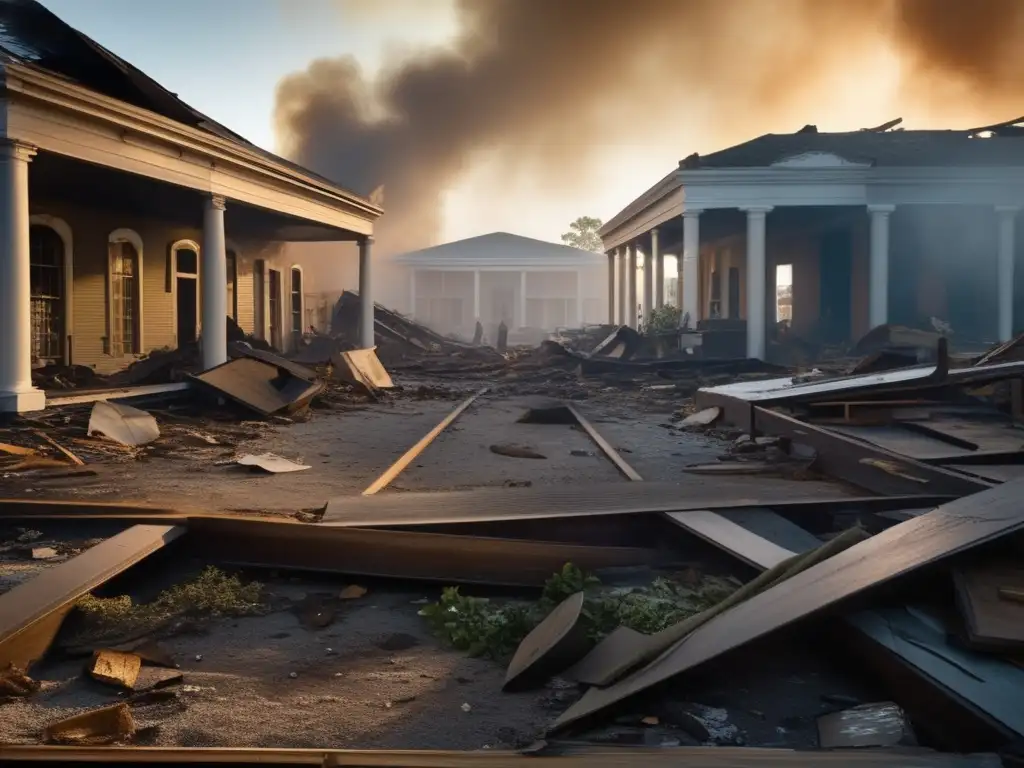
The Storm
The Galveston Hurricane of 1900 is widely considered to be the deadliest hurricane in US history. The Category 4 storm made landfall on September 8, 1900, with winds estimated at 145 mph. A storm surge more than 15 feet high inundated the city of Galveston, Texas, with many homes and buildings swept away by the floodwaters. More than 6,000 people lost their lives in the hurricane, making it one of the deadliest natural disasters in American history.
The Aftermath
In the aftermath of the storm, Galveston was left in ruins. The city was completely destroyed, with many buildings reduced to rubble. The hurricane also had wider economic implications, as the port of Galveston was a major hub for shipping and commerce, and the damage caused by the hurricane disrupted trade and caused significant financial losses. In the wake of the disaster, the city was rebuilt with new safety measures in place to better prepare for future storms.
The Lessons Learned
The Galveston Hurricane of 1900 was a wake-up call for many communities in hurricane-prone areas. The storm demonstrated the need for better early warning systems and improved infrastructure to protect against storm surges and flooding. Today, Galveston is protected by a network of seawalls, levees, and other measures designed to minimize damage from future hurricanes.
Hurricane Katrina
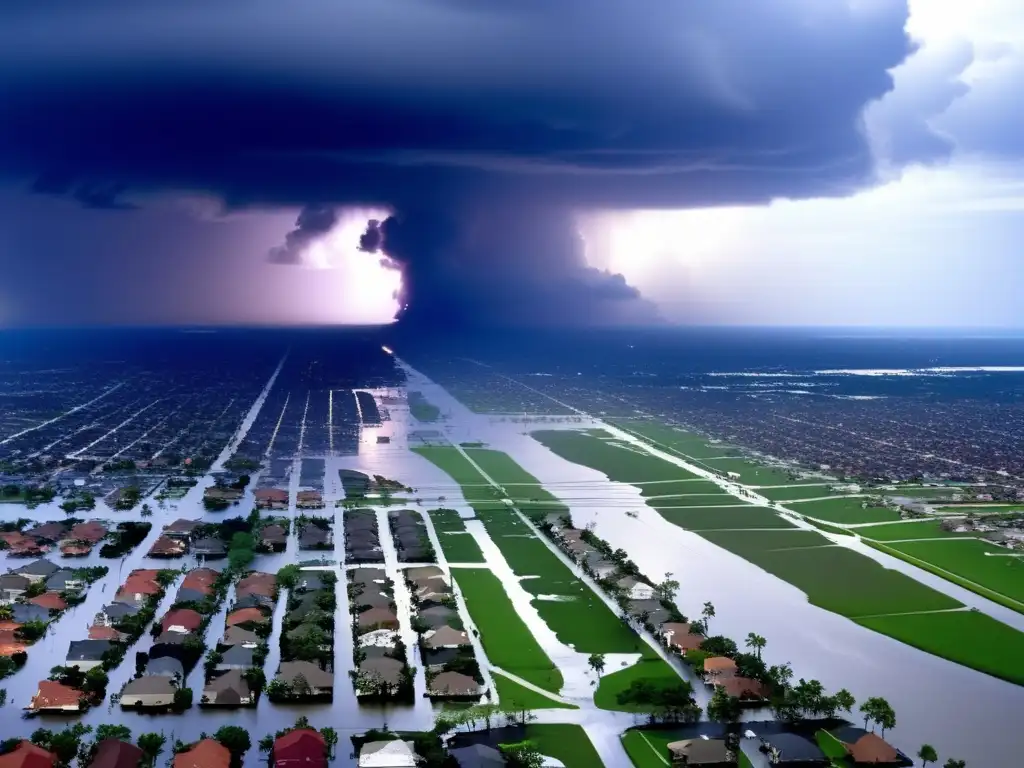
The Storm
When Hurricane Katrina made landfall in August 2005, it was one of the most powerful hurricanes to hit the US in decades. The Category 5 storm caused widespread damage along the Gulf Coast, with New Orleans bearing the brunt of the storm. The city's levee system failed, leading to catastrophic flooding that put thousands of lives at risk. More than 1,800 people lost their lives in the hurricane.
The Aftermath
Katrina was a disaster on a scale that few had seen before. The flooding in New Orleans was some of the worst in US history, leaving much of the city underwater and forcing hundreds of thousands of people to evacuate. The storm caused tens of billions of dollars in damage and left a lasting impact on the region's economy and infrastructure.
The Lessons Learned
Katrina was a harsh reminder of the importance of disaster preparedness and emergency planning. The failure of New Orleans' levee system was a stark example of how inadequate infrastructure can exacerbate the impact of a natural disaster. In the years since Katrina, significant investments have been made in updating and reinforcing levees and other critical infrastructure in hurricane-prone areas.
Typhoon Haiyan
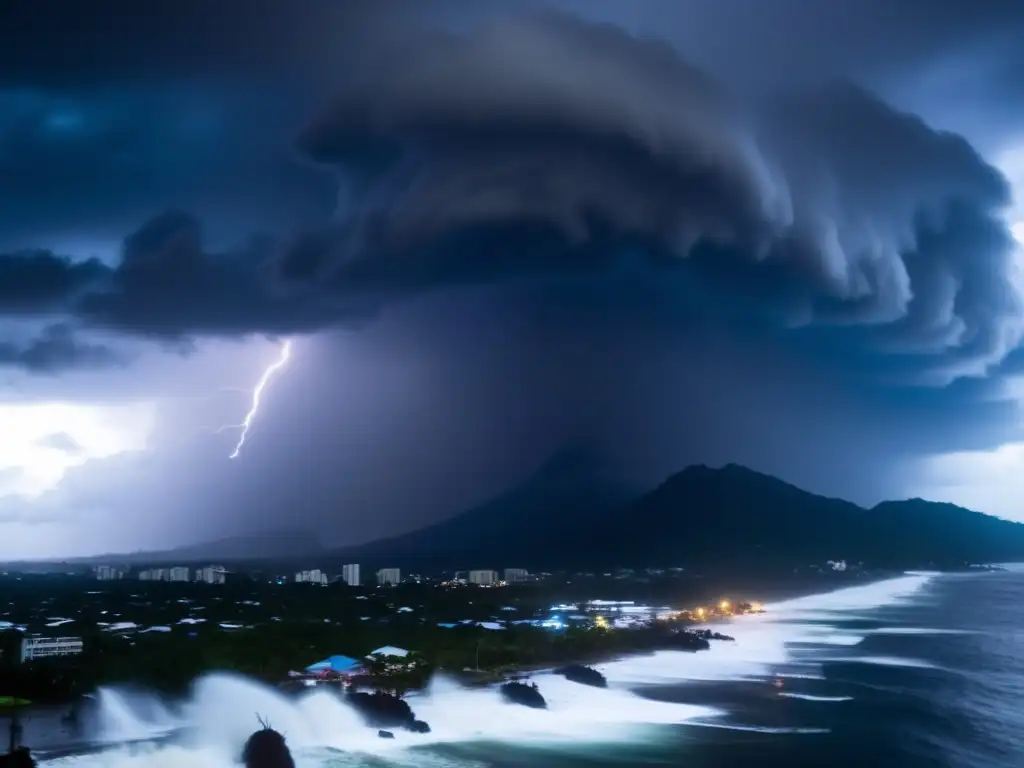
The Storm
In November 2013, Typhoon Haiyan struck the Philippines with devastating force. The Category 5 storm brought torrential rainfall and sustained winds of more than 190 mph, causing widespread damage and destruction. The typhoon claimed more than 6,000 lives and displaced millions of people from their homes.
The Aftermath
The impact of Typhoon Haiyan was felt throughout the Philippines, with many communities left without power, food, or shelter in the aftermath of the storm. The government and humanitarian organizations worked to provide aid and relief to those affected, but the scale of the disaster made it difficult to address the needs of everyone who had been impacted.
The Lessons Learned
Typhoon Haiyan served as a stark reminder of the devastating impact that climate change can have on vulnerable communities. The storm demonstrated the need for better disaster preparedness and response measures, as well as for more sustainable approaches to infrastructure development that can help mitigate the impacts of extreme weather events.
Hurricane Andrew
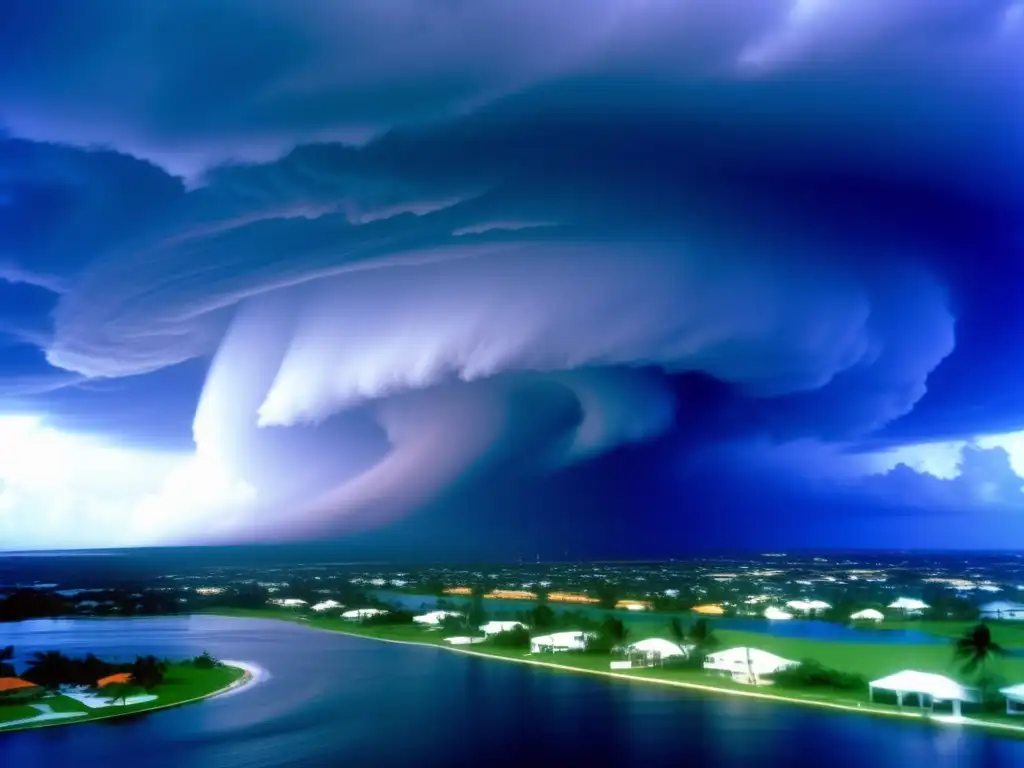
The Storm
When Hurricane Andrew struck Florida in August 1992, it was one of the strongest hurricanes to ever hit the US. The Category 5 storm caused widespread damage along the coast, with many homes and buildings destroyed by high winds and flooding. More than 60 people lost their lives in the hurricane.
The Aftermath
The damage caused by Hurricane Andrew was extensive, with many communities left in ruins. The storm caused billions of dollars in damage and led to significant changes in building codes and hurricane preparedness measures in Florida and other hurricane-prone states.
The Lessons Learned
Just as with other devastating hurricanes, Hurricane Andrew highlighted the need for better disaster preparedness and response measures. The storm also led to reforms in the insurance industry, as many homeowners struggled to rebuild and recover in the aftermath of the disaster.
Frequently Asked Questions
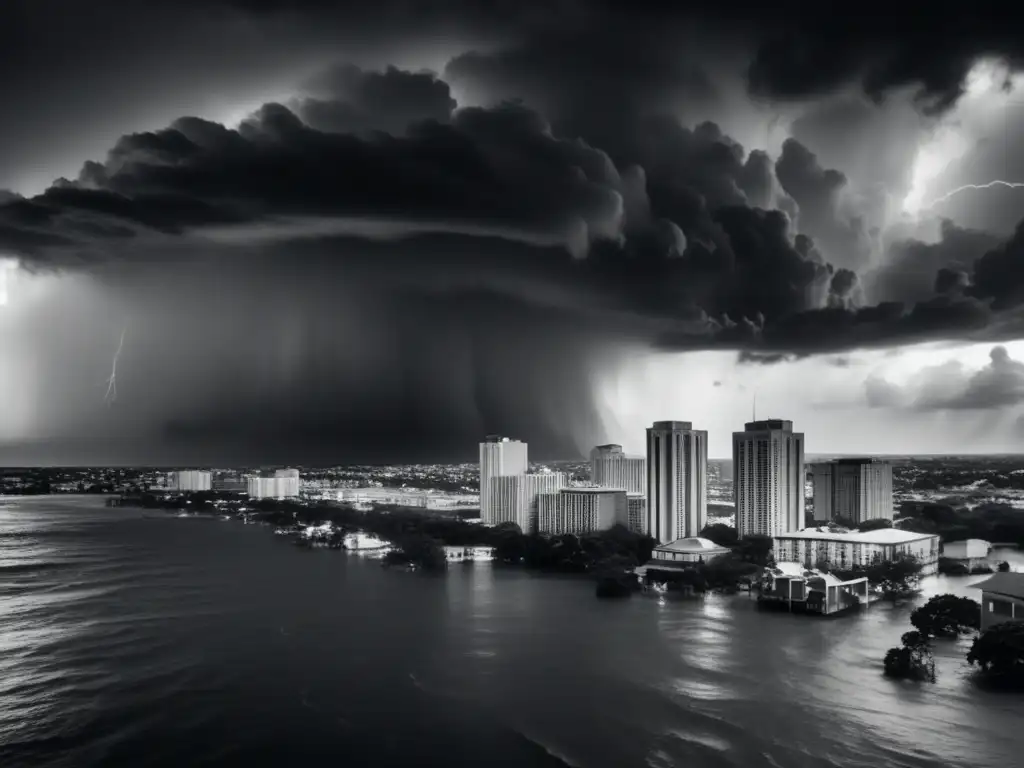
-
How are hurricanes classified?
Hurricanes are classified based on their wind speeds, with Category 1 storms having winds of 74 mph or less, and Category 5 storms having winds of 157 mph or higher.
-
What causes hurricanes to form?
Hurricanes form over warm ocean waters, where low pressure systems create swirling winds that can grow into tropical storms and hurricanes.
-
How can I prepare for a hurricane?
There are a number of steps you can take to prepare for a hurricane, including stocking up on supplies, securing your home, and heeding evacuation orders if necessary.
-
What should I do during a hurricane?
If you are in a hurricane warning area, stay inside and away from windows and doors. If flooding is a risk, move to higher ground as quickly as possible.
-
What should I do after a hurricane?
After a hurricane, it is important to stay safe and avoid crowded areas. Wait until officials have cleared your area for reentry before returning home, and monitor news reports for information on potential hazards and ongoing recovery efforts.
Conclusion
The most devastating hurricanes in history serve as stark reminders of the power and destructive force of these natural disasters. While we cannot prevent hurricanes from occurring, we can take steps to limit their impact and protect ourselves and our communities. By staying informed, preparing for disasters, and working together, we can help minimize the damage caused by hurricanes and other extreme weather events.
For more information on hurricanes and disaster preparedness, be sure to check out the resources available on HurricaneInsider.org.
Additional Resources

- National Hurricane Center
- Ready.gov: Hurricanes
- CDC: Hurricane Preparedness
- Red Cross: Hurricane Preparedness
 Hurricane Vs Typhoon: Naming Conventions Around The World
Hurricane Vs Typhoon: Naming Conventions Around The World Hurricane Categories: How They Are Defined And What They Mean
Hurricane Categories: How They Are Defined And What They MeanIf you want to discover more articles similar to The Most Devastating Hurricanes In History, you can visit the Basic knowledge about hurricanes: category.
Leave a Reply

Articulos relacionados: